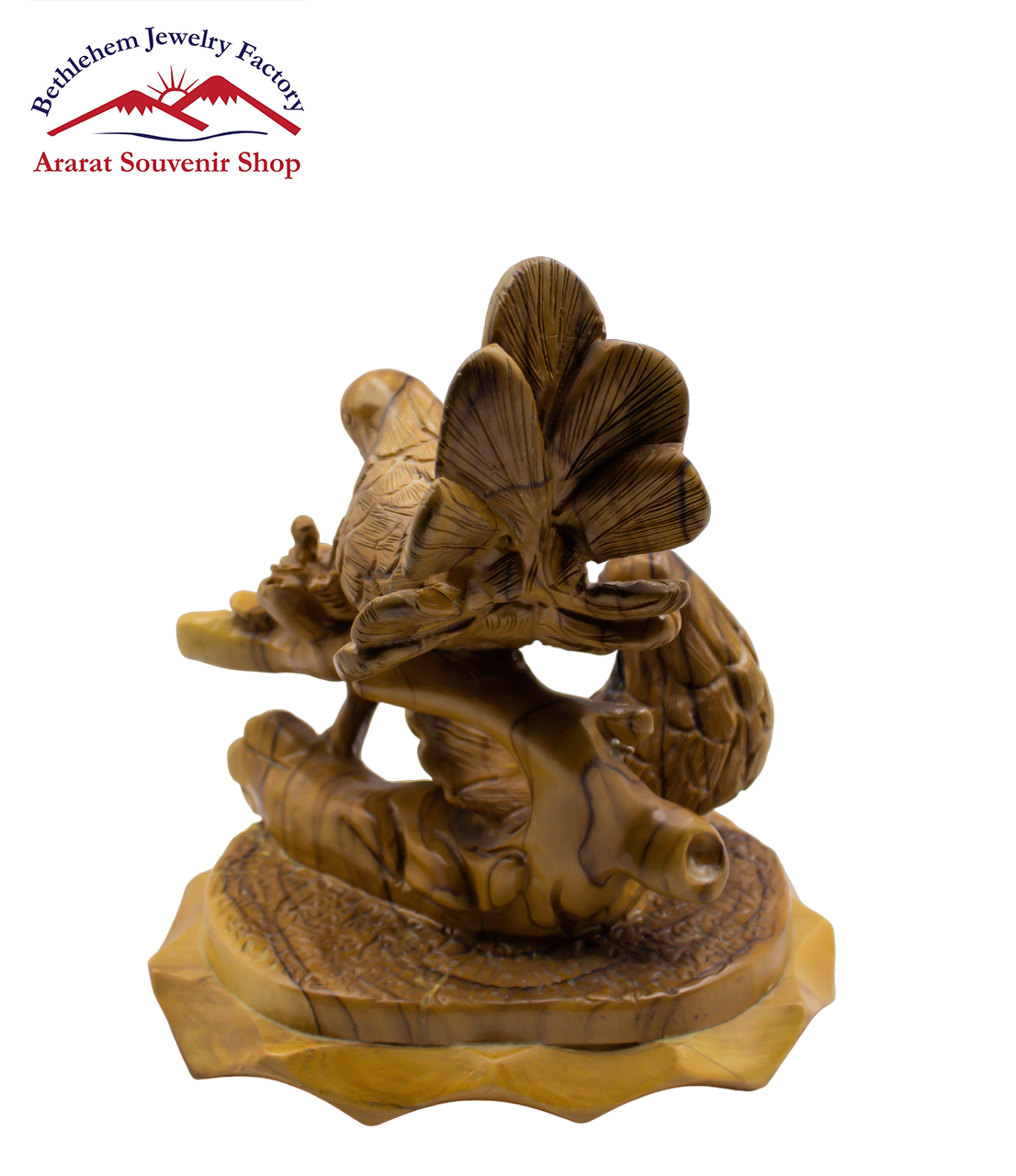What are you looking for?
Peace Nest
420 $
Product specifications:
- Delivery is available within 15 days
- Bethlehem Jewelry Factory Holy Land, Israel
-
Material: Olive wood
Weight : 1.53LB (698.3gr)
Length: 7.5 inches (180mm)
Width: 7.5 inches (170mm)
Height: 4 inches (100mm)
- Resizable: No
- Made in the Holy Land













Reviews
There are no reviews yet.